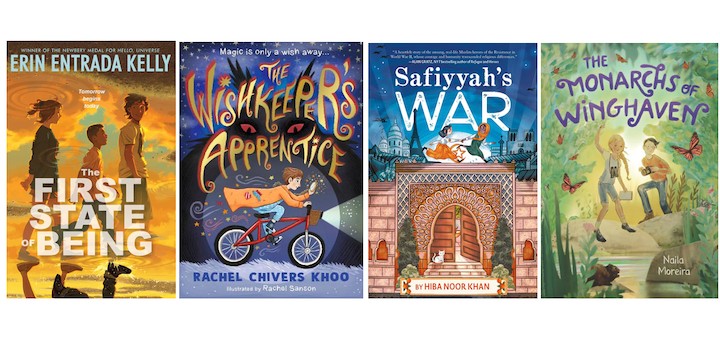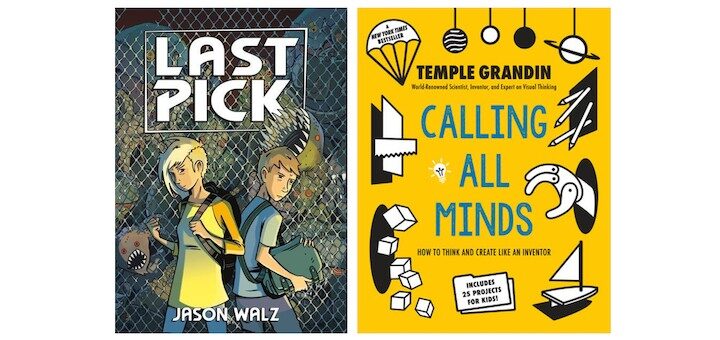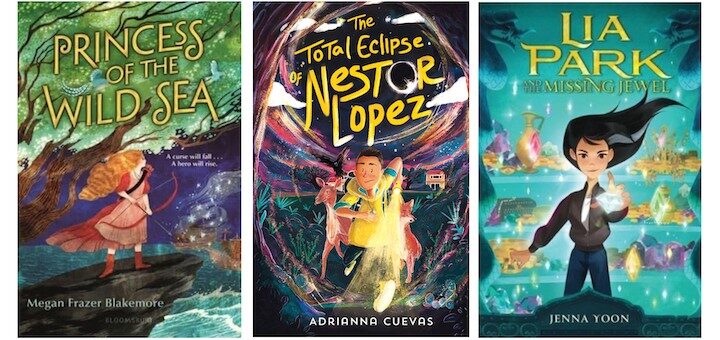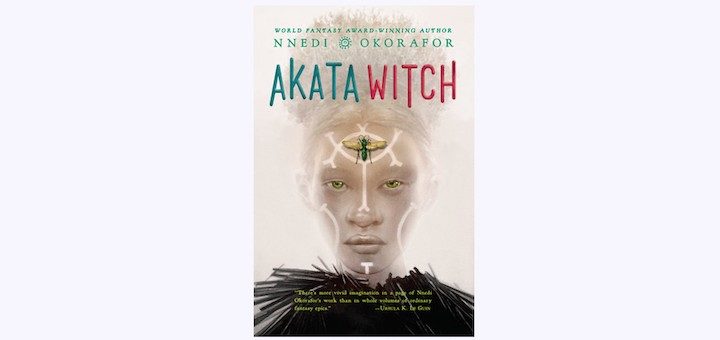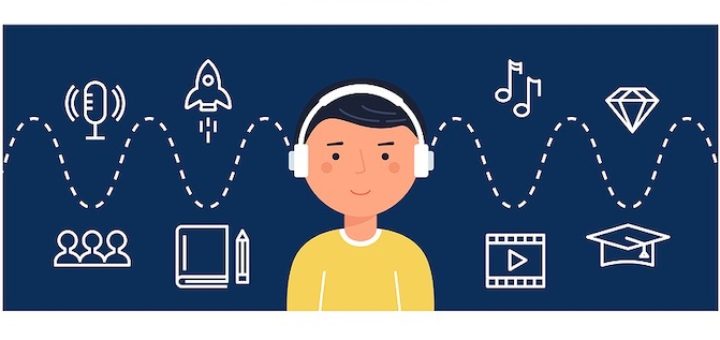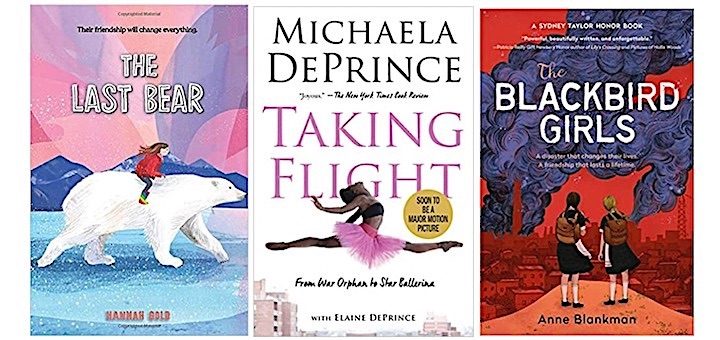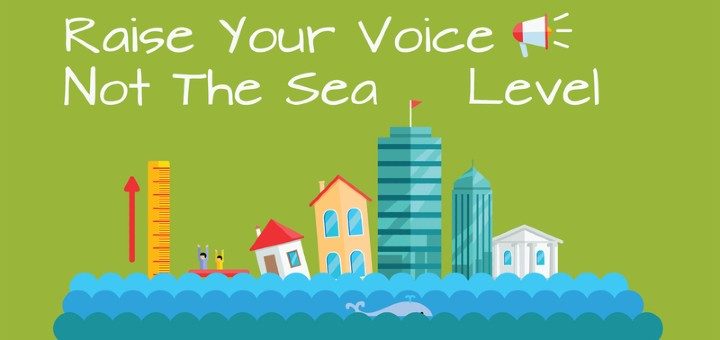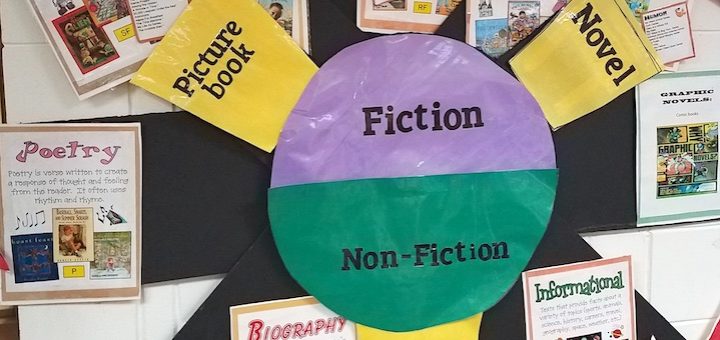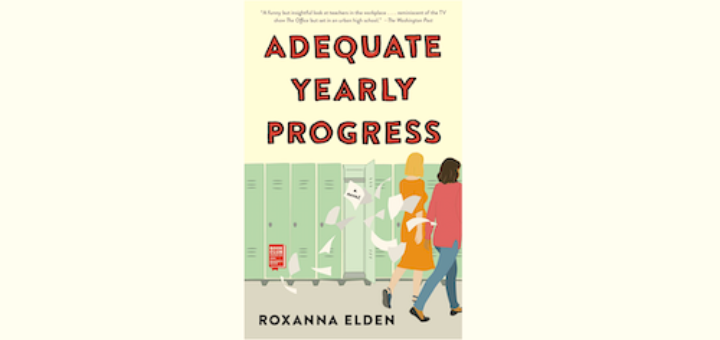Welcome Students with New Fiction for Fall
2024 is another fantastic year for new middle grades books with many more titles to come in the next few months. ELA teacher Kasey Short introduces titles for school and class libraries that are sure to appeal to your students. Fantasy, immigration, science, WW II, and more!

